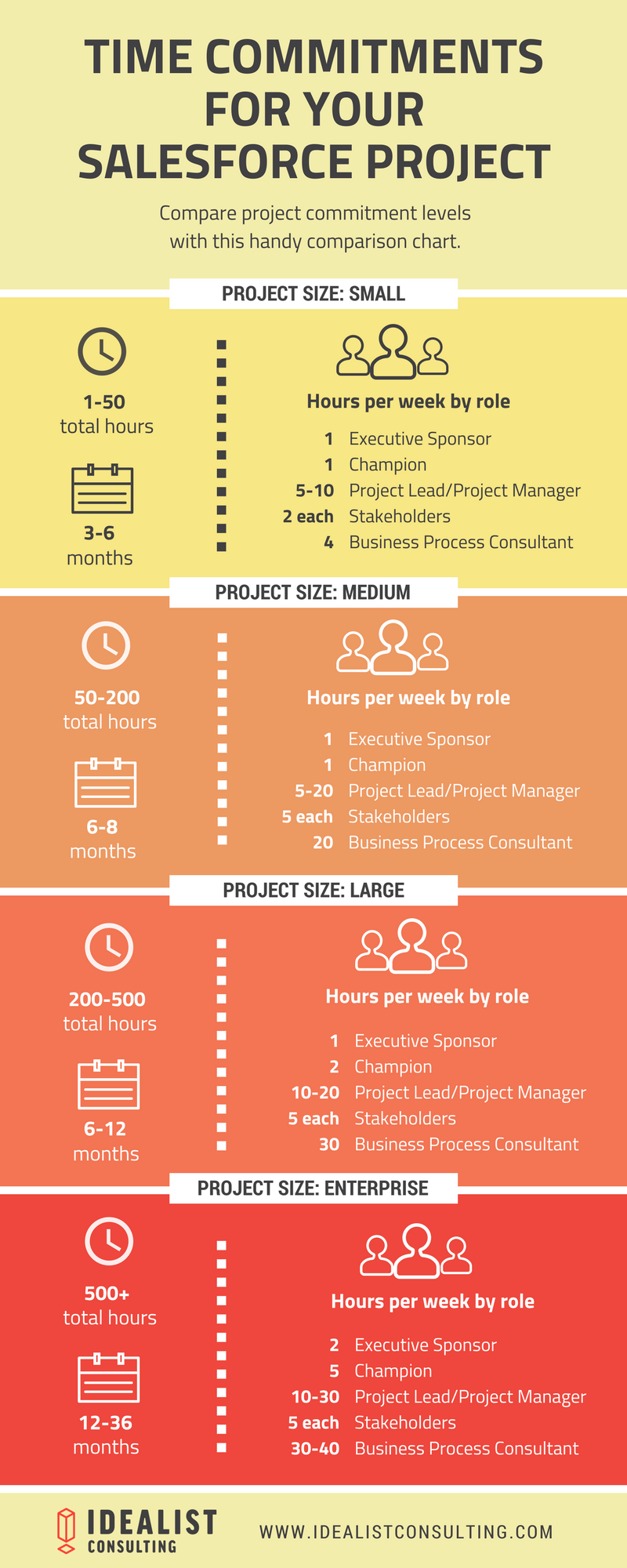Balancing Act: The Science of Prioritizing 'Better, Faster, Cheaper'
“Better, Faster, Cheaper...pick any two”
This saying was coined by NASA in the early 1990’s. NASA was rebooting one of its space programs with the goals of shortening development times, reducing cost, and increasing the return on scientific innovation. The ultimate goal was to fly more missions in less time. There was one problem though— after a brief period of time, a number of the missions failed.
While the lesson they learned was expensive, it was also simple: Better, Faster, Cheaper...pick any two. If you push to do something faster and cheaper, there will be failures and it may not be better than status quo. On the flip side, if better and faster are your drivers, it cannot be cheap. Something has to give.
The lessons learned by NASA have a lot to teach those of us who work on technology projects. Buyers continue to believe they can have all three, but by learning more about the necessary tradeoffs, you will be a much more intelligent technology user and have a much higher chance of success.
Faster: where most people compromise
When pressed, most people tend to be prepared to compromise on time. This is primarily because they are looking for the basic functionality they were sold, or they do not have a big enough budget to pay for more time.
Unfortunately, people rarely know how to value or measure their time. This is largely due to the relativity of time, and the perception that internal time is less valuable than the time you pay a consultant for. When something is fun or engaging “time flies”. However, when a project is painful, time can slow to a crawl.
Where we see clients fail with time management
In addition, people rarely are taught how to manage their time. With over 12 years experience in project management, I’ve had the opportunity to see clients fail repeatedly when managing time. This is because they do one or more of the following:
- Failing to keep a to-do list
- Not setting personal goals
- Not prioritizing
- Failing to manage distractions
- Procrastination
- Meeting (rather than working) too much
- Thriving on being "busy"
- Multitasking
- Ineffectively scheduling tasks
- Failing to set expectations for teams or leadership
As a tenured consulting firm experienced in managing our time (and others), we can help bend the curve and help clients overcome these challenges but that will only take the project so far. If you want to move faster then we recommend you follow three fundamentals:
- Resources (be brutally realistic with your team about what resources you need)
- Labor accessibility (plan ahead for holidays, sickness, limited staff, PTO, etc.).
- Time availability (set proper expectations with your team about how much of their time you need to do the project well)
If you compromise on time, don’t add more resources
The third point in the fundamentals above is the most important consideration when recognizing the need to compromise time. At the fundamental level, the larger a project is, the more resources are needed, resulting in more time needed. It is important to note that adding more resources rarely speeds up a project as Brooks Law will tell you.
Five project roles you need, regardless of time
As a client, the piece you have the most control over is choosing the right people on your team for the right job. We know from experience that Salesforce projects typically require the below five roles to be filled by a client.
- Executive Sponsor
- Champion
- Project Lead/Project Manager
- Stakeholders
- Business Process Consultant
It is important to note that one person can fulfill more than one role (typically in smaller projects) but these roles do need to be filled to experience a successful project deployment. In an effort to give a guidepost of time commitment we have drafted this handy little chart to help with planning. Of course, this is variable due to the skills/experience represented in each role but it is an effective guide to set a standard by.
What to expect with a Salesforce project

In conclusion, when juggling the three mandates of “better, faster, cheaper,” ultimately, NASA learned that if you insist on all three, there will be some failure along the way. And if you do cut back to two there is the added complexity of managing your project in a less-than-desirable way.
Looking to learn more about how to plan your Salesforce project?
Download our How to budget for Salesforce whitepaper which will review everything you need to know in order to build a smart budget for your next CRM project. We’ll help you determine a cost range based on your needs and teach you how to communicate best with consultants to get the project success your company needs.
















